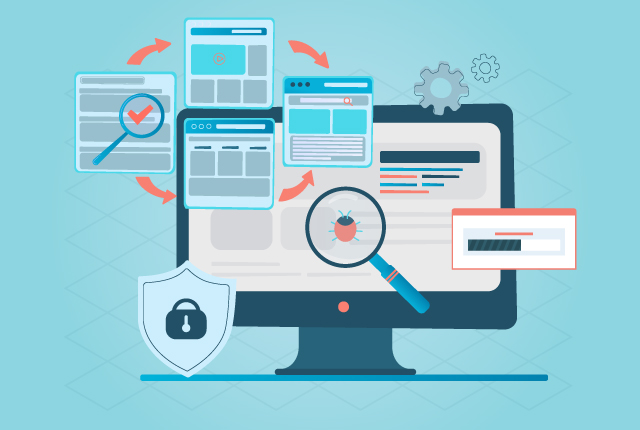Ensure your product stays bug-free with manual regression testing. Catch issues early by rechecking core features after every update. QASource’s expert QA team ensures consistent quality and smooth performance, no surprises, just reliable results.
QASource Blog
In our blog, we take a deep dive into the latest QA strategies, methodologies, and industry best practices driving the world of quality assurance. Follow our blog to get new ideas as to how to effectively deliver high-quality, bug-free software products, websites, and applications, while keeping costs low.

There’s a world of difference between “good” and “good enough.” Think of it in end-user terms—what sort of emotional response are you hoping for when your customers get their hands on your product for the first time? You want them to be impressed, at ease and to have the best experience possible. You don’t launch a new product, or upgrade an existing one, with the intention of your customers eventually getting the hang of it after a few trial and error moments. That’s the difference between “good” and “good enough,” and it’s what ultimately leads to success—or failure. Achieving that difference is what your QA process should be all about.
Quality is the true measure of product success. Poor user experience or application performance negates any advantages you achieve in delivery speed or production cost. Put simply, if it does not work, it is not worth producing. It is, therefore, critical to our product success that we can accurately measure and track test results to ensure our testing is delivering against our business goals. Understanding software quality metrics, especially in automated testing, helps us identify what is working well and what needs improvement.
There’s no denying that automation and automated testing is winning the day. For teams using the Agile method, automation is the only way that repetitive testing can keep up with the pace of the team. It’s faster, more cost-effective, and less prone to human error, and it’s essential to running a large quantity of tests across a variety of different platforms in little time. All that being said, there’s still a major case to be made for manual testing. Manual testing is really the only tried-and-true way to test for the end user, and it’s still worthwhile for any product company designing and delivering to humans.
While change is imminent, normal, and healthy, manual testing isn’t going anywhere. It will be around for as long as the end user-your customers-are human. Whenever any new feature is added or modified in the application, it raises the chances of breakage in the existing functionality, which might create bad user experience. To verify the application from end user’s perspective, it’s always better to have the application manually tested by domain experts who are able to imagine and execute complex business-specific scenarios (Click to Tweet). This sort of rigorous, critical thinking is uniquely human, and it cannot (yet) be replicated by test scripts.
QASource sponsors the East Bay Agilistry & QA Meetup Group. The goal of the meetup group is to create a community where software engineers and developers can meet once a month to learn new skills, build on current skill sets as well as network with other business professionals.
Most successful product companies know by now that QA testing is a great investment. It ensures that the product is functionally sound, built to user expectations, and ready for adoption by a large, demanding market. However, many companies still struggle with prioritization of the testing they actually need. This is particularly true of companies that have grown very quickly and are pursuing a QA vendor to meet the expansion needs of their dev team.
QASource sponsors The East Bay Agilistry & QA Meetup Group. The goal of the meetup group is to create a community where software engineers and developers can meet once a month to learn new skills, build on current skill sets as well as network with other business professionals.
QASource sponsors The East Bay Agilistry & QA Meetup Group. The goal of the meetup group is to create a community where software engineers and developers can meet once a month to learn new skills, build on current skill sets as well as network with other business professionals.
Written by QA Experts
QASource Blog, for executives and engineers, shares QA strategies, methodologies, and new ideas to inform and help effectively deliver quality products, websites and applications.
Categories
Authors
Our bloggers are the test management experts at QASource. They are executives, QA managers, team leads, and testing practitioners. Their combined experience exceeds 100 years and they know how to optimize QA efforts in a variety of industries, domains, tools, and technologies.







